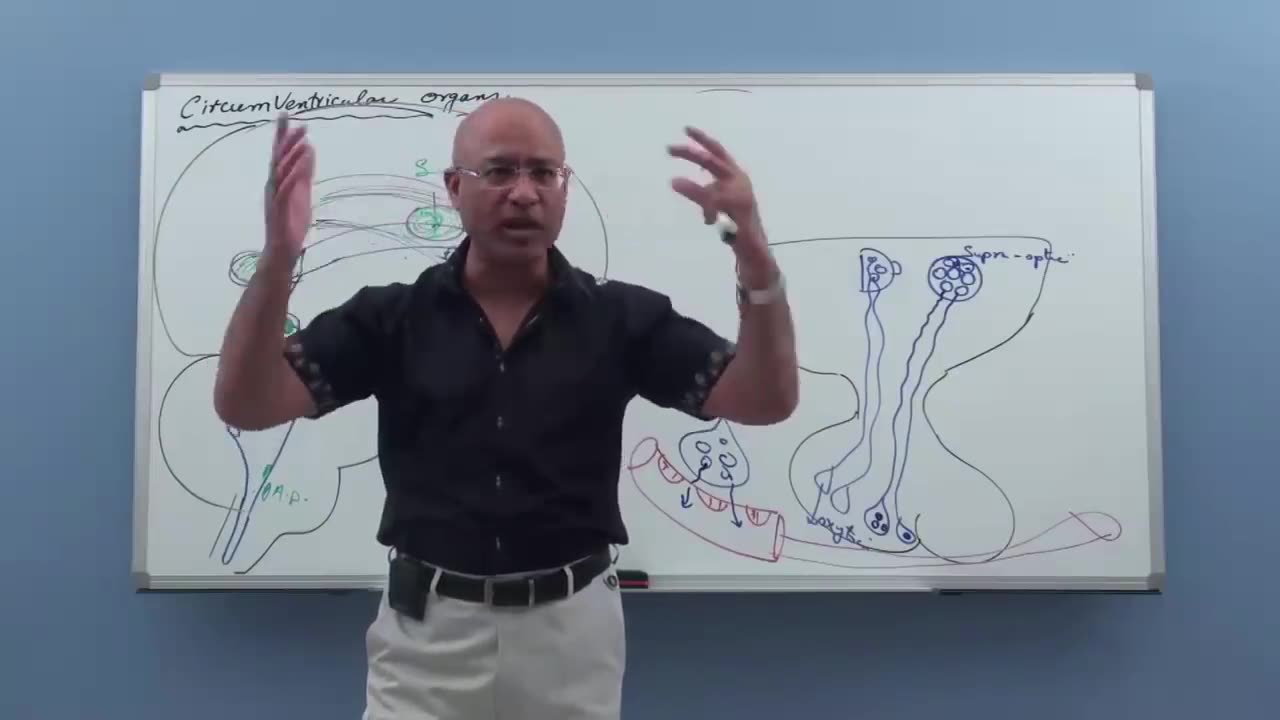Premium Only Content

Endocrinology | Oxytocin | The Love Hormone | Dr Najeeb
Endocrinology | Oxytocin | The Love Hormone | Dr Najeeb
Oxytocin (Oxt or OT) is a peptide hormone and neuropeptide normally produced in the hypothalamus and released by the posterior pituitary. It plays a role in social bonding, reproduction, childbirth, and the period after childbirth. Oxytocin is released into the bloodstream as a hormone in response to sexual activity and during labour. It is also available in pharmaceutical form. In either form, oxytocin stimulates uterine contractions to speed up the process of childbirth. In its natural form, it also plays a role in bonding with the baby and milk production. Production and secretion of oxytocin is controlled by a positive feedback mechanism, where its initial release stimulates production and release of further oxytocin. For example, when oxytocin is released during a contraction of the uterus at the start of childbirth, this stimulates production and release of more oxytocin and an increase in the intensity and frequency of contractions. This process compounds in intensity and frequency and continues until the triggering activity ceases. A similar process takes place during lactation and during sexual activity.
Oxytocin is derived by enzymatic splitting from the peptide precursor encoded by the human OXT gene. The deduced structure of the active nonapeptide is:
-
 1:48:36
1:48:36
Right Side Broadcasting Network
17 hours agoLIVE: President Trump Attends the Yankees Baseball Game - 9/11/25
183K26 -
 1:54:32
1:54:32
Badlands Media
11 hours agoBadlands Media Special Coverage - FBI Press Conference on Charlie Kirk's Assassination
150K20 -
 1:06:19
1:06:19
BonginoReport
12 hours agoManhunt Underway for Charlie Kirk’s Assassin - Nightly Scroll w/ Hayley Caronia (Ep.132)
321K255 -
 1:11:42
1:11:42
Flyover Conservatives
20 hours agoStructural Architect Destroys 9.11 Narrative... What Really Happened? - Richard Gage AIA | FOC Show
103K20 -
 1:51:14
1:51:14
Precision Rifle Network
16 hours agoS5E1 Guns & Grub - Charlie Kirk's "sniper"
59.9K18 -
 13:09:12
13:09:12
LFA TV
23 hours agoLFA TV ALL DAY STREAM - THURSDAY 9/11/25
419K95 -
 1:01:56
1:01:56
The Nick DiPaolo Show Channel
13 hours agoDems + Media Killed Kirk | The Nick Di Paolo Show #1792
133K121 -
 1:35:10
1:35:10
LIVE WITH CHRIS'WORLD
14 hours agoLIVE WITH CHRIS’WORLD - WE ARE CHARLIE KIRK! Remembering a Legend
42.5K8 -
 50:24
50:24
Donald Trump Jr.
14 hours agoFor Charlie
406K509 -
 2:05:22
2:05:22
Quite Frankly
15 hours agoTipping Point USA? & Open Lines | 9/11/25
81.3K8